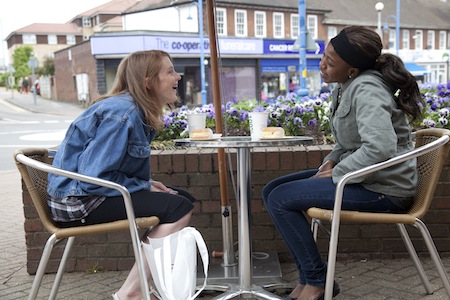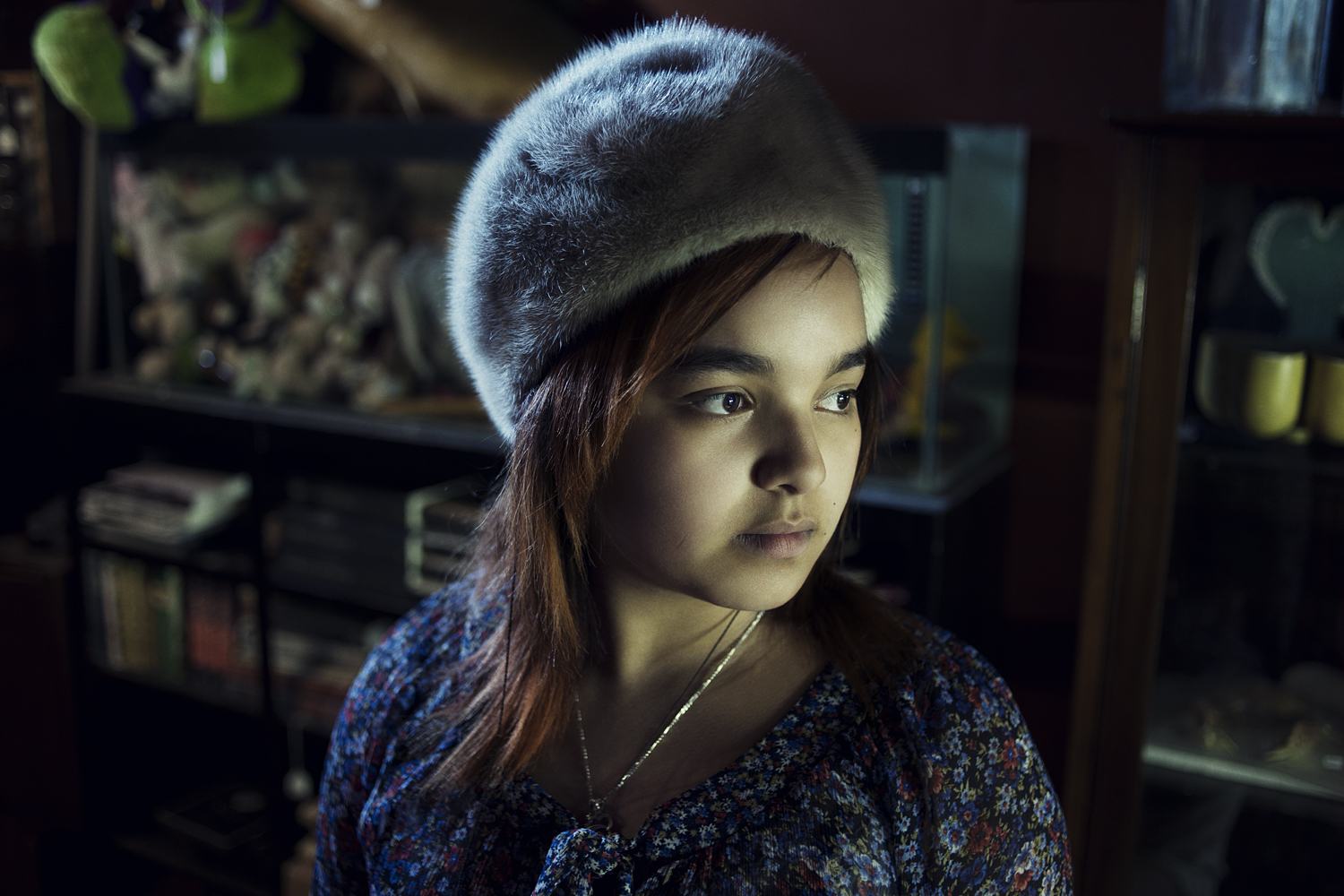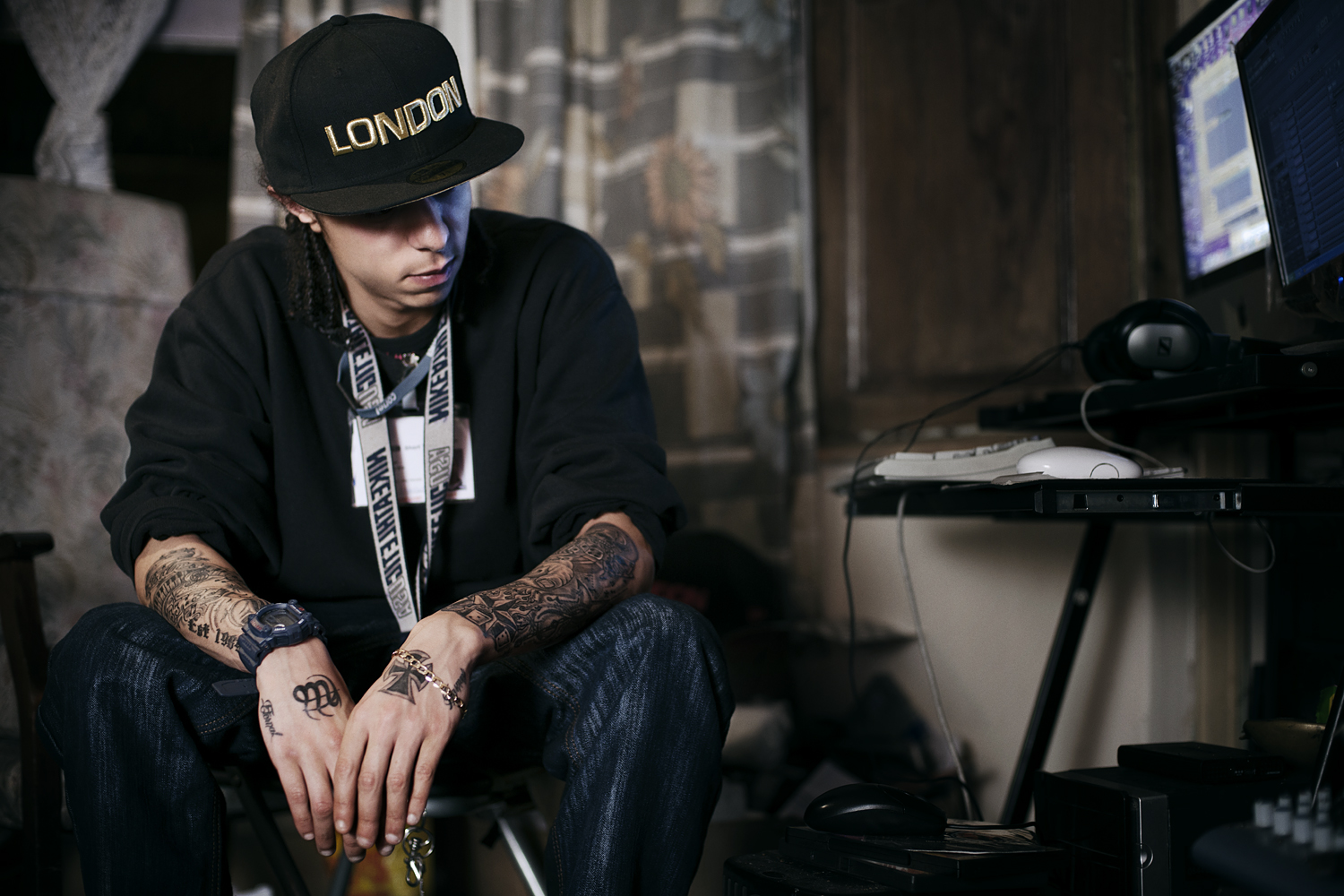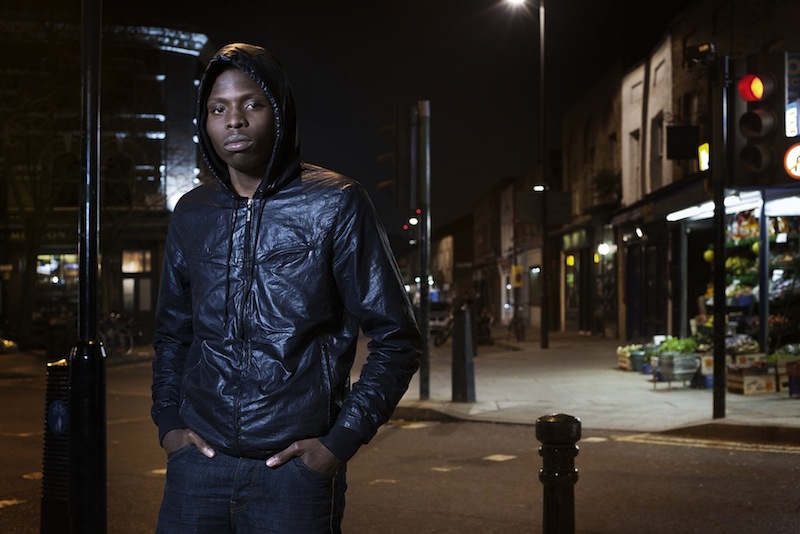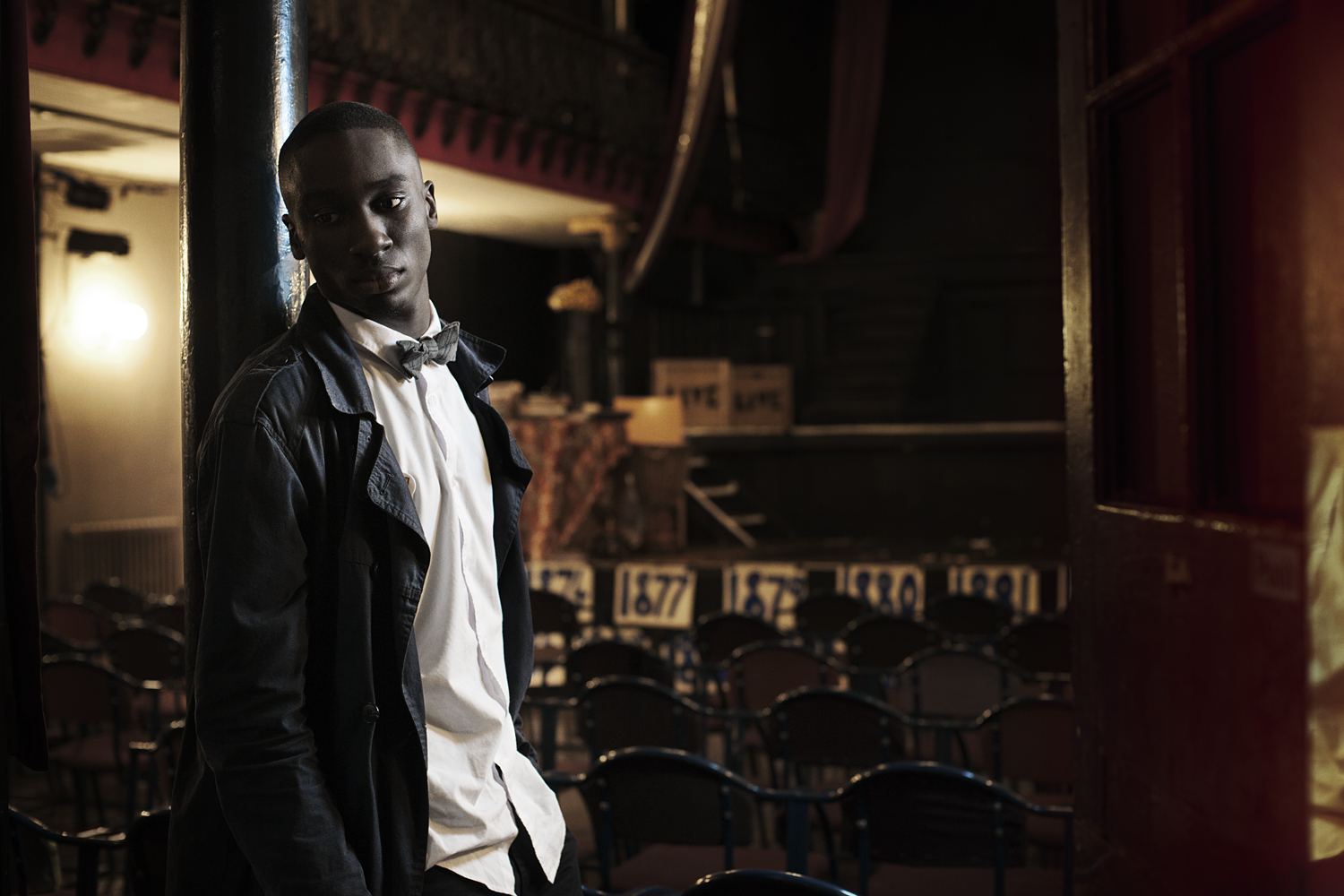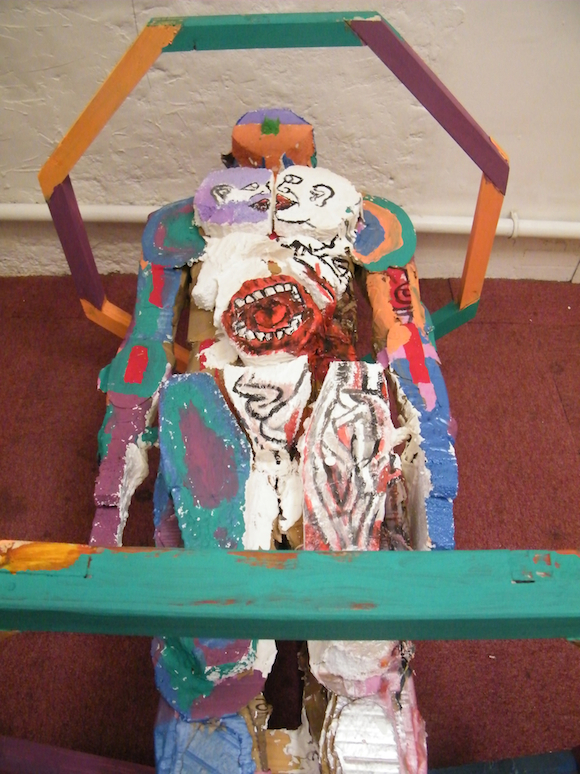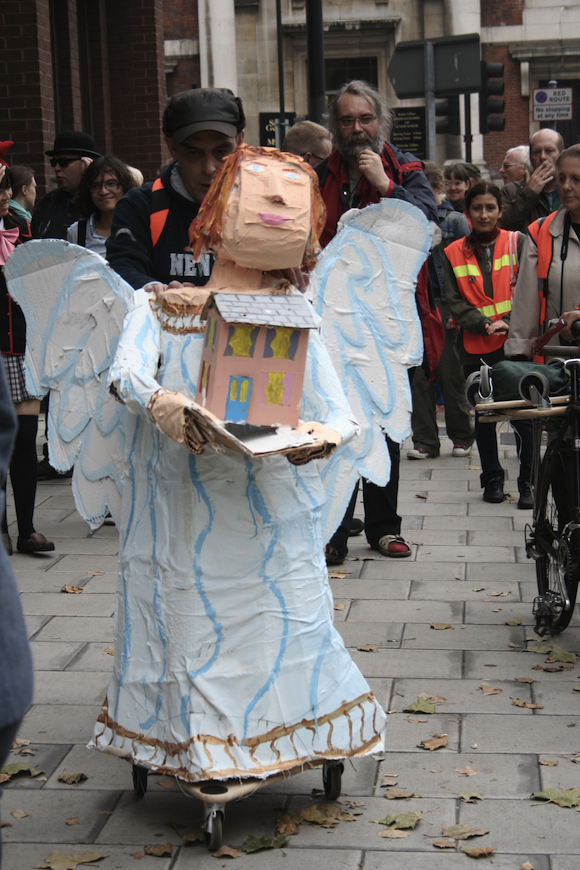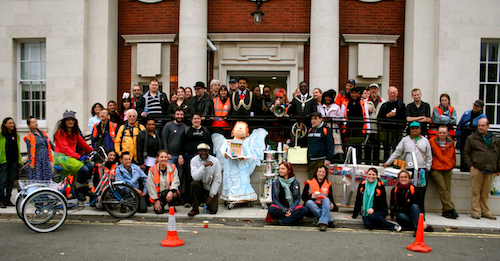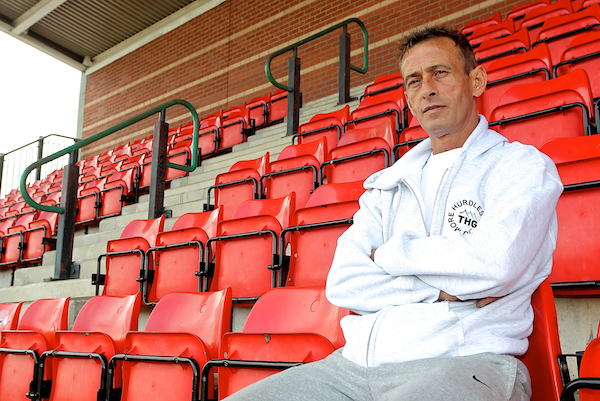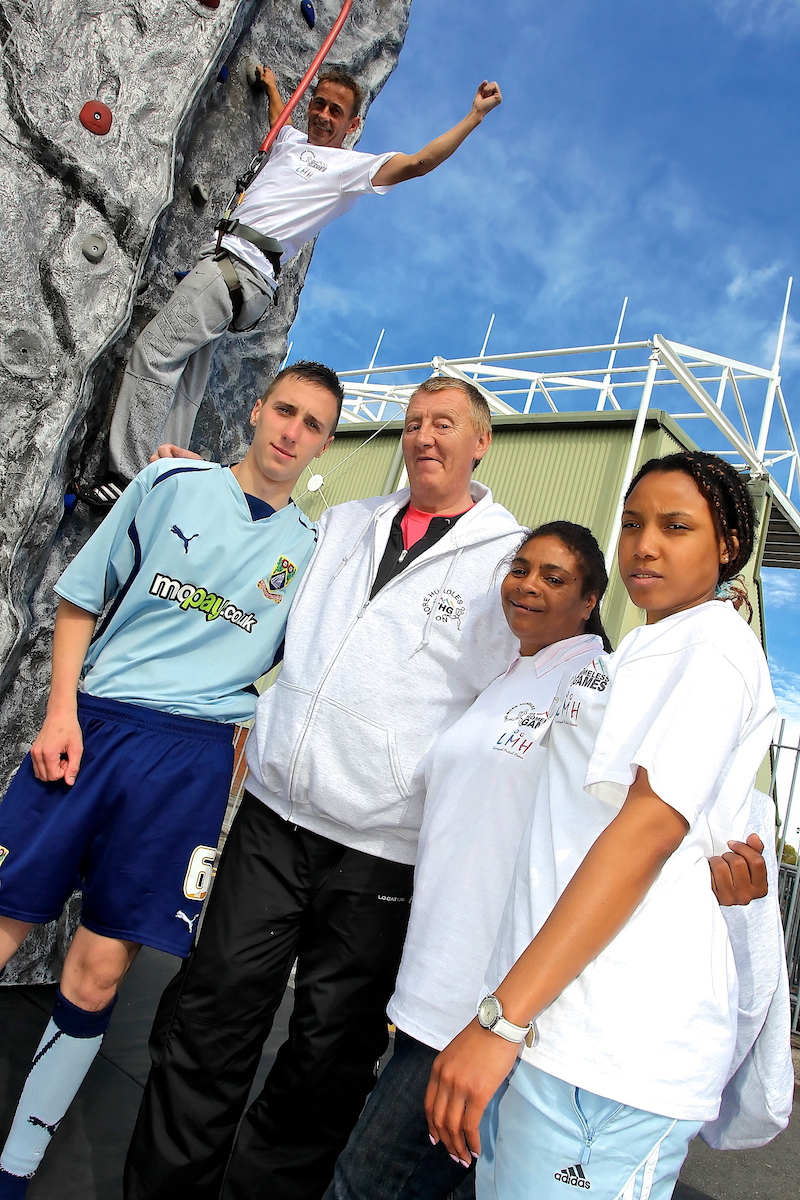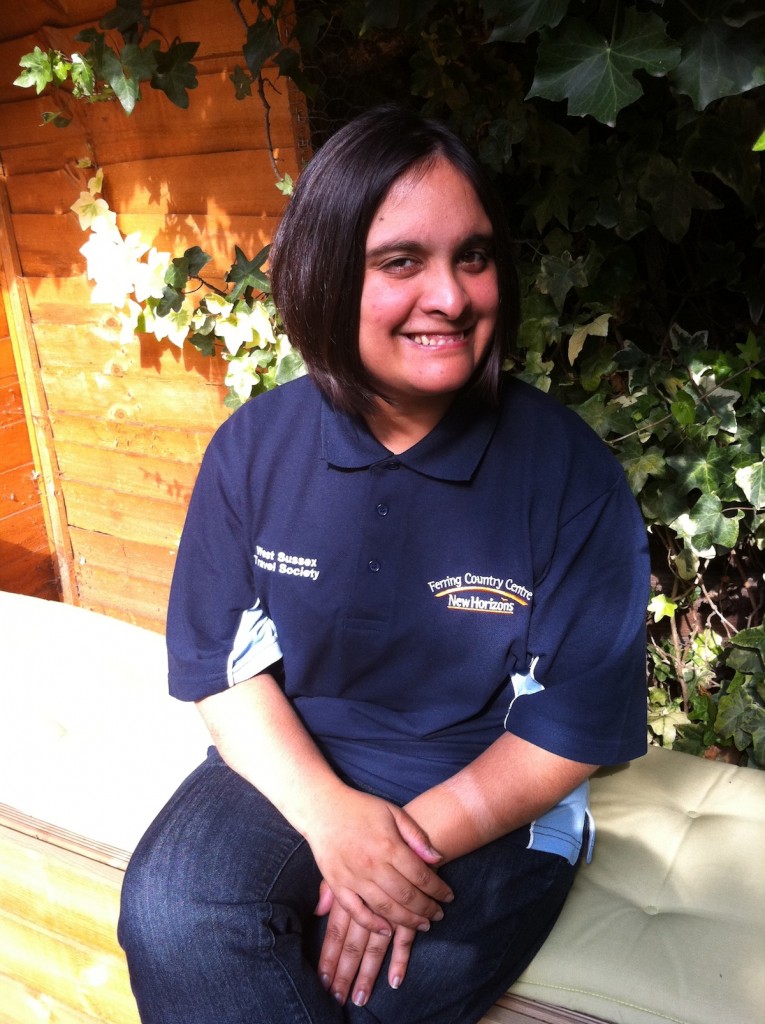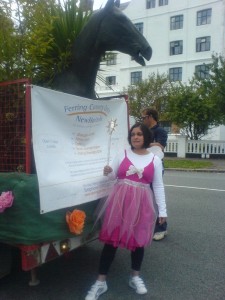It was a sight that would have warmed the cockles of David Cameron’s heart. As soul singer Heather Small and ex-England footballer Sol Campbell mingled with guests at London’s Saatchi Gallery last week, they were showing just the kind of commitment to local philanthropy that the Prime Minister is hoping to encourage.
Small and Campbell were among 400 guests at an event organised by the Kensington and Chelsea Foundation to bring wealthy donors together with the charities they support. Since it was launched three years ago, the foundation has raised £500,000 for local charities in the Royal Borough of Kensington and Chelsea, a borough with some of the widest contrasts between rich and poor in the UK. Life expectancy is nearly 11 years lower in the most deprived parts of the borough than the richest, for example (the borough motto is “Quam Bonum in Unum Habitare”, translating roughly as “how good it is to dwell in unity”).
The widely differing circumstances of the borough’s residents were very much on display at the fundraising night, thanks to an exhibition of inspiring photos by members of the Chelsea Estates Youth Project, set up to help marginalised young people. The We are Photo Girls exhibition showcased the work of young people who learned to run their own fashion shoots through the project.

The foundation’s role, explains director Jeremy Raphaely, is to match wealthy donors with charities which are really making a difference on their doorstep. “I have lived in this borough for 40 years and it struck me as odd that charities were getting funding from the local authority, the PCT, the lottery or grant-giving trusts but had no connection with local residents,” he says. “And local residents had very little idea that they were there, let alone any connection with them. But once you introduce them, you get a very positive response.We help donors to focus on areas that interest them, whether it’s youth, education or older people, environment or the arts. We can make a very direct connection between the charities and local donors and their involvement can really make a difference to people’s lives.”

The foundation’s approach is one that chimes with the government’s push to encourage the UK’s highest earners to give more. The potential is certainly there. The independent Philanthropy Review Board, set up by Cameron last year, says those earning more than £200,000 a year give on average £2 to charity for every £1,000 they earn – compared with £90 for every £1,000 among similar high earners in the US. A culture shift encouraging people to give more – and making it easier for them to do so – could bring in an extra £2 billion for charities by 2015, the review suggested. And it’s the local approach such as that in Kensington and Chelsea that may well have the most success.
As a report by Coutts bank this week points out, almost four in five philanthropists support local charities. Marcelle Speller, one of the stars of TV’s Secret Millionaires, sums up the appeal from the donor’s perspective, writing in the report: “Local philanthropy gives me a sense of community, of belonging, and it recharges me. You can see that you are giving effectively, and have the most joyous, enriching experiences.”
So will a reinvigorated philanthropic community be able take the strain as public funding is cut? Certainly Jeremy Raphaely believes that it’s the tough economic environment that’s helping to encourage some donors to reach for their chequebook, rather than necessarily a real sense of heeding David Cameron’s Big Soceity rallying call. “I don’t know how much people are moved by a slogan like the Big Society – people are even sceptical,” he says. “But they realise charities in general are having a rough time. Funding is being cut back but the causes are as big and as critical as they ever were.”
The Big Society may now be a discredited brand, notable by its absence from the debate at this week’s Conservative conference. But for people like Raphaely, who says “we like to think we had the idea before David Cameron did”, the driving impulse behind it remains. “We do all have a community responsibility. It’s not just the homeless or the disabled – it’s our homeless and our disabled. We are trying to nurture that personal feeling of involvement and commitment.”

